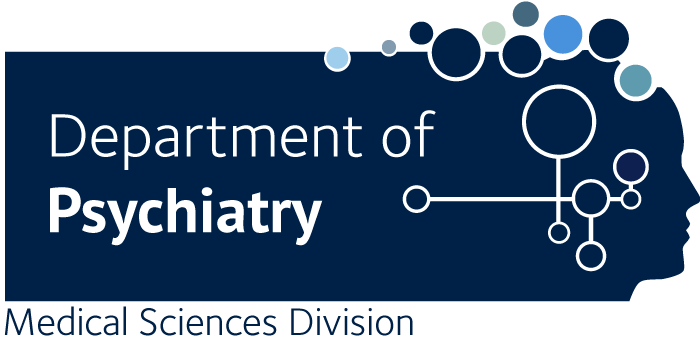Psychotropic Taxonomies: Constructing a Therapeutic Framework for Psychiatry.
McCutcheon RA., Cowen P., Nour MM., Pillinger T.
Pharmacological interventions are a cornerstone of psychiatric practice. The taxonomies used to classify these interventions influence the treatment and interpretation of psychiatric symptoms. Disease-based classification systems (e.g., 'antidepressant' and 'antipsychotic') do not reflect the fact that psychotropic agents are used across diagnostic categories, nor account for the dimensional nature of both the psychopathology and biology of psychiatric illnesses. In this review we discuss the history of psychotropic drug taxonomies and their influence on both clinical practice and drug development. We frame taxonomies as existing on a spectrum, with high-level disease-based approaches at one end and target-based molecular approaches at the other. Finally, we consider how data-driven methods might address the issue of classification at an intermediate level, based around transdiagnostic neurobiological and psychopathological markers.

